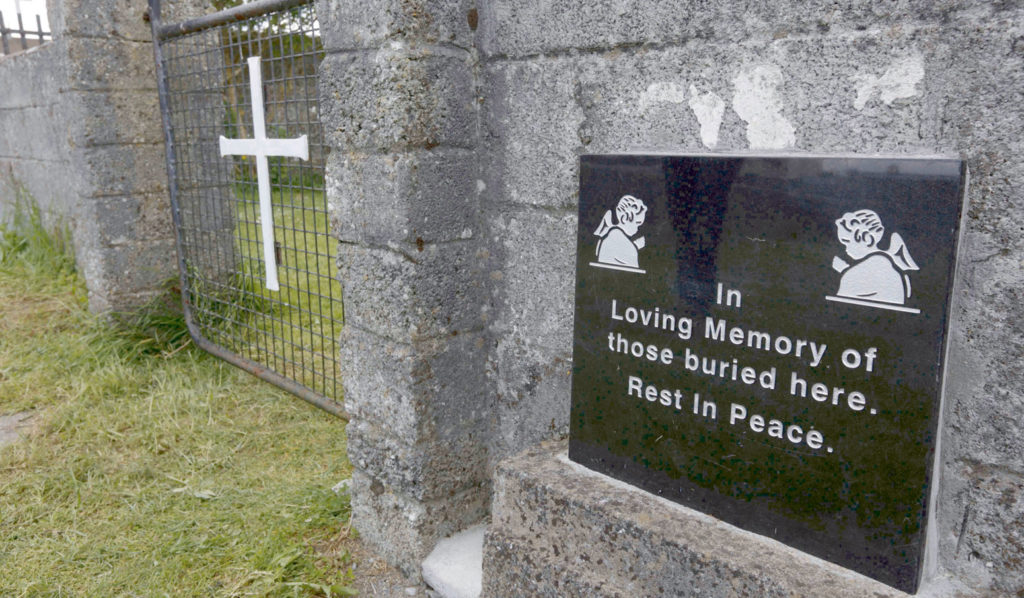PEAKY BLINDERS star Cillian Murphy has narrated a new podcast series focusing on the survivors of the Tuam Mother and Baby Homes.
The series, which has been launched as part of the Tuam Oral History Project’s digital exhibition, focuses on the stories of the survivors of the Tuam institution.
The Co Cork actor is a patron of the UNESCO Child and Family Research Centre at NUI Galway.
Survivors from the institution have shared memories as part of the new oral history archive, with additional contributions from their families, advocates and members of the wider Tuam community.
The accounts will serve as part of an independent resource designed to educate people about the history of the institution.
"Over a period of eight decades in the 20th century, more than 190,000 women and children were placed in Mother and Baby Institutions and County Homes in Ireland, the most infamous of which was located in Tuam, Co. Galway," the synopsis reads.
"'Other: Stories from the Tuam Mother and Baby Home' shares the stories of survivors Teresa O’Sullivan, Peter Mulryan and Christine Carroll as they describe the impact on their lives of being born in the institution. Narrated by Actor and Patron of the UNESCO Child and Family Research Centre at NUI Galway, Cillian Murphy.
The Tuam Oral History Project is being led by Dr Sarah Anne Buckley and Dr John Cunningham and features collected oral histories and life stories of survivor.
 The site of the former mother and baby home in Tuam, Co. Galway (Image: RollingNews.ie)
The site of the former mother and baby home in Tuam, Co. Galway (Image: RollingNews.ie)Over the past year, survivors have been invited to take part in artistic projects inspied by their stories and experiences.
Dr Sarah-Anne Buckley said: “While this project is looking at one institution in twentieth century Ireland, we believe it encapsulates the longer history of institutionalisation.
“As we now know, almost 200,000 women and children went through Ireland’s Mother and Baby Homes and County Homes – their stories both in these institutions and afterwards deserve continued attention by academics, artists and the State.”
NUI Galway last week announced the provisional findings of a report investigating the university’s historical links to donations of infant remains.
The newly-published fifth interim report of the Commission of Investigation into Mother and Baby Homes and Certain Related Matters confirmed that between 1949 and 1964, Galway Medical School “received and paid for 35 infant anatomical subjects”.
Steps are now being taken to try and identify these children so that a formal memorial can be developed for them.
However, research conducted by Dr Buckley and Dr Lorraine Grimes found the infants who died in the Central Hospital Galway could not have come from the Tuam institution, as once feared, noting that there were nine infants and not 35 as previously believed.
President of NUI Galway, Professor Ciaran O hOgartaigh said: “Like many other State organisations, NUI Galway, or UCG as it was then, was part of a society that did not sufficiently value the lives of some of its most vulnerable citizens.
“As a university community, we are committed to openness, openness with regard to our institutional learning from the past, openness to new, often challenging perspectives and openness to communities which have not found universities, including our university, a welcoming part of their lived experience.
“By memorialising these men, women and children, we wish to at last honour their legacy and acknowledge their sacrifices.”
The Tuam Oral History Project has 3 phases:
Phase 1: Collection and Archiving of Oral Histories, 2019-2020: Collection of oral histories from survivors, families of survivors and members of the wider community in Tuam; conference/seminar participation/organization; academic publication; podcast series and exhibition.
Phase 2: Creative Output and Outreach, 2020-22: Creative output; involvement of youth researchers from the UNESCO Child and Family Research Centre (UCFRC); digitisation of the oral histories (and dissemination on-line of those for which relevant permissions have been given); conference/seminar participation/organization; academic publication.
Phase 3: Finalising Outputs and Further Steps, 2022-23: Archive to be complete and made publicly available; academic and creative publications; documentary.
** Originally published on: Aug 2, 2020 , updated in September 2021

